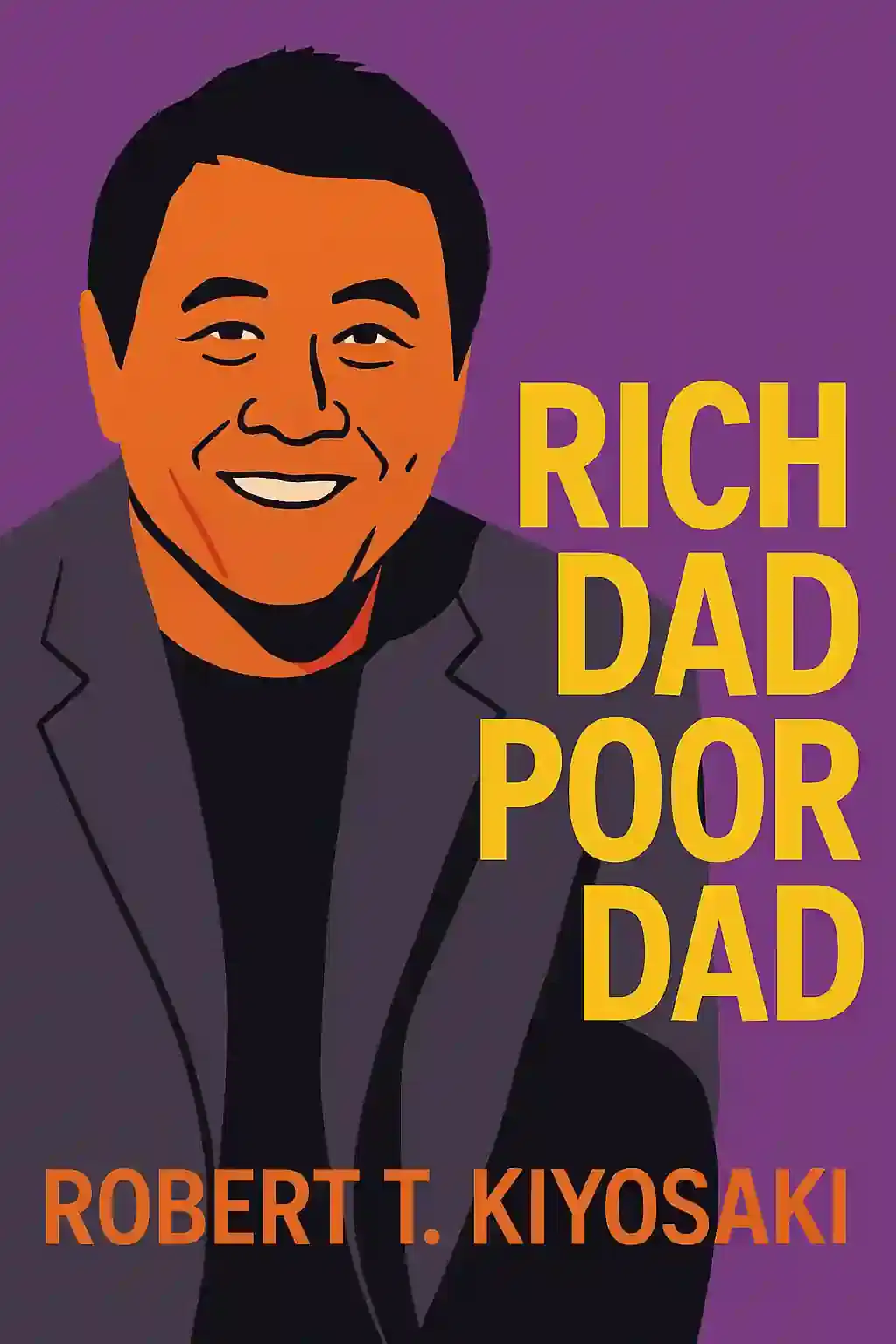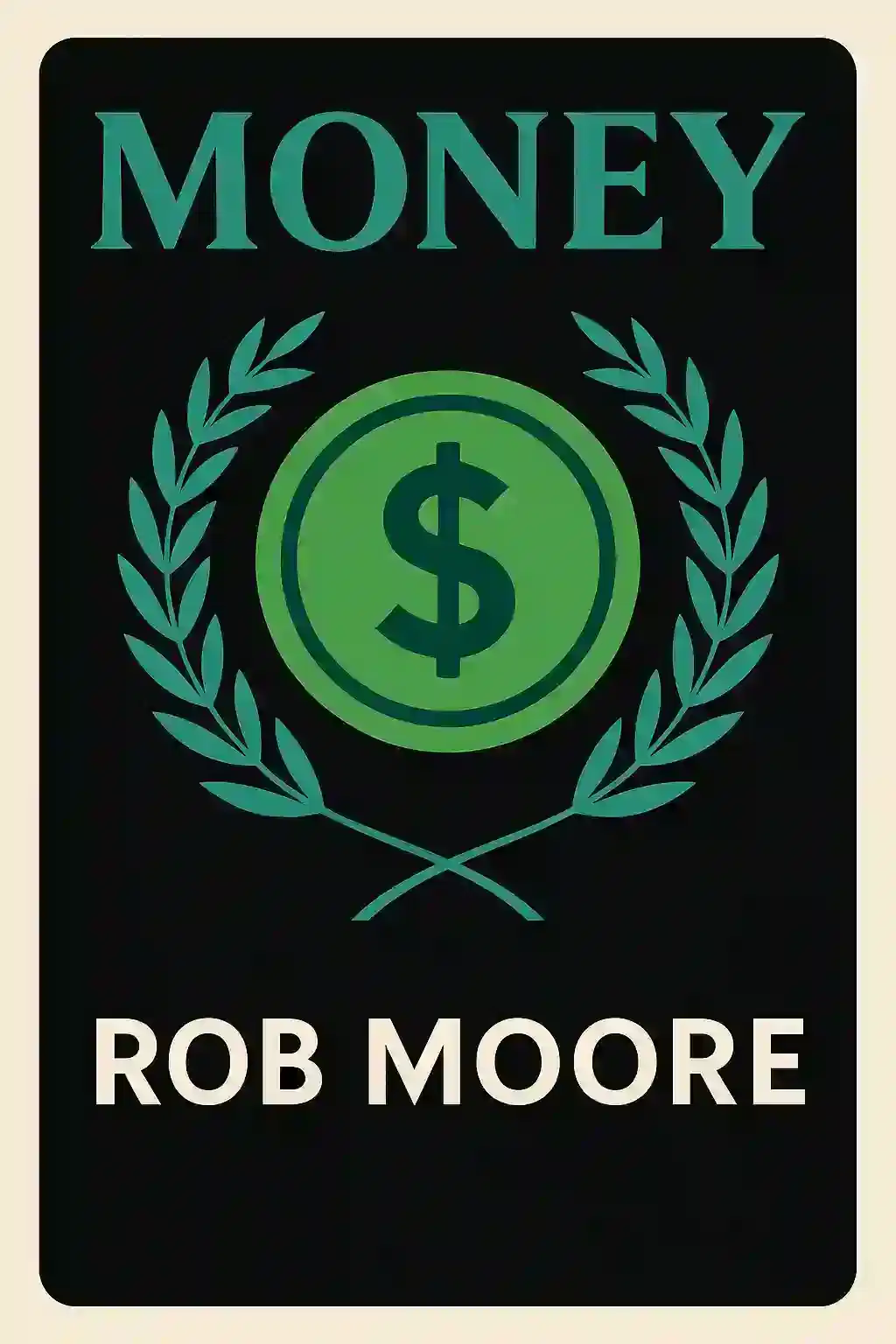What is
Rich Dad Poor Dad by Robert T. Kiyosaki about?
Rich Dad Poor Dad contrasts two financial philosophies through Robert Kiyosaki’s "poor dad" (his biological father, who prioritized academic success and job security) and his "rich dad" (a mentor who taught wealth-building through assets, entrepreneurship, and financial literacy). The book challenges traditional views on money, emphasizing passive income, tax strategies, and breaking free from the "rat race".
Who should read
Rich Dad Poor Dad?
This book targets beginners seeking financial independence, aspiring entrepreneurs, and anyone reevaluating their relationship with money. Its mindset-focused approach appeals to readers open to unconventional strategies like real estate investing, business ownership, and asset acquisition over traditional career paths.
What are the main lessons from
Rich Dad Poor Dad?
Key lessons include:
- Assets vs. liabilities: Assets generate income (e.g., rental properties), while liabilities drain funds (e.g., luxury cars).
- Financial literacy: Understanding taxes, cash flow, and investment vehicles.
- Entrepreneurial mindset: Prioritizing owning businesses over job security.
- Tax advantages: Using corporations to legally reduce tax burdens.
How does
Rich Dad Poor Dad define financial freedom?
Financial freedom means covering living expenses through passive income (e.g., rental properties, dividends) rather than a salary. Kiyosaki argues this requires building asset columns that outpace liabilities, allowing individuals to "make money work for them" instead of the reverse.
What is the cash flow quadrant in
Rich Dad Poor Dad?
The quadrant categorizes earners:
| Quadrant | Description |
|---|
| E (Employee) | Trades time for salary |
| S (Self-Employed) | Owns job, not a system |
| B (Business Owner) | Owns income-generating systems |
| I (Investor) | Earns via investments |
Kiyosaki advocates transitioning to B/I quadrants for wealth.
What criticisms exist about
Rich Dad Poor Dad?
Critics argue the book oversimplifies wealth-building, lacks actionable steps, and promotes risky strategies (e.g., speculative real estate). Some question Kiyosaki’s anecdotal advice and emphasis on entrepreneurship over stable careers.
How does
Rich Dad Poor Dad compare to
The Intelligent Investor?
While The Intelligent Investor (Benjamin Graham) focuses on conservative stock market strategies, Rich Dad Poor Dad prioritizes entrepreneurship and tangible assets like real estate. Kiyosaki’s approach is more aggressive, whereas Graham emphasizes risk management and long-term value investing.
What iconic quotes appear in
Rich Dad Poor Dad?
Notable quotes include:
- “The rich don’t work for money. Money works for the rich.”
- “Your house is not an asset.”
- “Financial struggle is often the result of working all your life for someone else.”
How can
Rich Dad Poor Dad help with career transitions?
The book encourages readers to view careers through a wealth-building lens, suggesting side hustles, real estate investments, or business ventures as alternatives to traditional employment. It emphasizes skills like negotiation and financial analysis.
Why is
Rich Dad Poor Dad still relevant in 2025?
Its core themes—automation reshaping jobs, gig economy growth, and increasing wealth inequality—align with modern economic shifts. The focus on financial education and passive income remains critical in an era of inflationary pressures and AI disruption.
What real-life applications does
Rich Dad Poor Dad suggest?
Actionable steps include:
- Tracking expenses vs. income.
- Investing in income-generating assets (e.g., rental properties, stocks).
- Starting a side business to diversify income streams.
- Continuously educating oneself about taxes and markets.
Are there sequels or follow-ups to
Rich Dad Poor Dad?
Kiyosaki expanded his ideas in books like Cashflow Quadrant and Rich Dad’s Guide to Investing, which delve deeper into entrepreneurship, debt management, and advanced real estate strategies.














